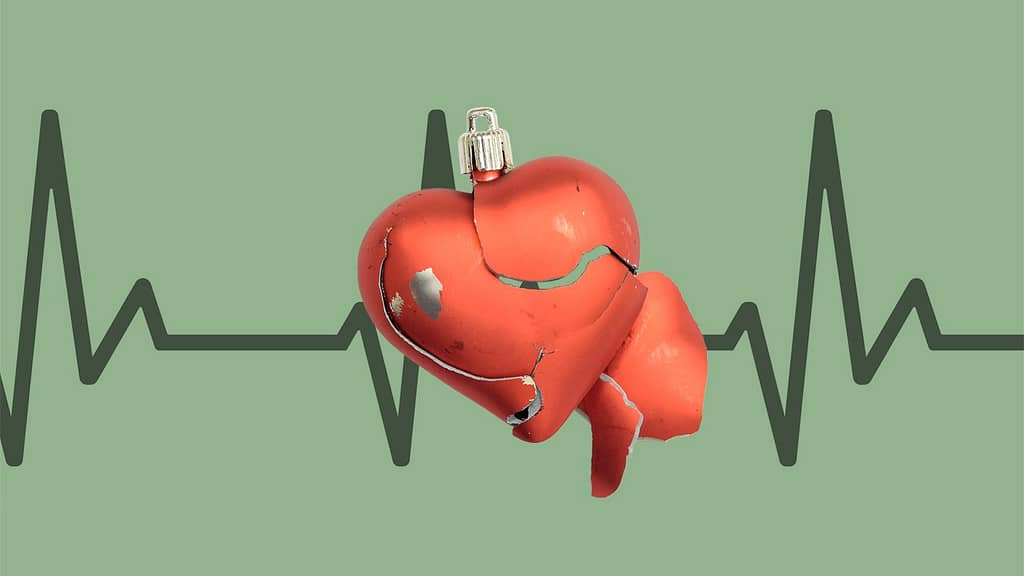
A heart attack, medically known as a myocardial infarction, is a serious medical emergency that occurs when blood flow to a part of the heart is blocked for a long enough time that part of the heart muscle is damaged or dies. This interruption in blood flow is typically caused by a blockage in one or more of the coronary arteries, which supply oxygen-rich blood to the heart muscle.
Causes:

The most common cause of heart attacks is the buildup of plaque in the coronary arteries, a condition called atherosclerosis. Plaque is made up of cholesterol, fat, calcium, and other substances found in the blood. Over time, plaque can harden and narrow the arteries, reducing blood flow to the heart.
Other causes of heart attacks include:
Blood clots: A blood clot can form on the surface of plaque and completely block blood flow through an artery.
Coronary artery spasm: This sudden tightening of the muscles in the artery walls can temporarily reduce or cut off blood flow to the heart.
Drug use: Certain drugs, such as cocaine, can cause spasms in the coronary arteries, leading to a heart attack.
Severe physical exertion: Extreme physical exertion, especially in individuals who are not accustomed to strenuous exercise, can trigger a heart attack.
Symptoms of Heart Attack:

The symptoms of a heart attack can vary from person to person, but common signs and symptoms include:
Chest pain or discomfort may feel like pressure, squeezing, fullness, or pain that extends beyond the chest to other parts of the upper body, such as the arms, back, neck, jaw, or stomach.
- Shortness of breath.
2. Nausea, vomiting, or indigestion.
3. Sweating.
4. Dizziness or lightheadedness.
5. Fatigue.
It’s important to note that not everyone experiences severe chest pain during a heart attack. Some people, especially women, may have milder symptoms or symptoms that are less typical.
Prevention:

While certain risk factors for heart attacks, such as age, family history, and genetics, cannot be changed, there are many lifestyle changes and medical interventions that can help reduce the risk of experiencing a heart attack:
- Maintain a healthy diet that is low in saturated fat, cholesterol, and sodium, and high in fruits, vegetables, whole grains, and lean proteins.
2. Engage in regular physical activity, such as brisk walking, swimming, or cycling, for at least 30 minutes most days of the week.
3. Quit smoking and avoid exposure to secondhand smoke.
4. Manage stress through techniques such as meditation, deep breathing exercises, or yoga.
5. Control high blood pressure, high cholesterol, and diabetes through medication and lifestyle changes.
Limit alcohol consumption to moderate levels.
6. Limit alcohol consumption to moderate levels.
Regular check-ups with a healthcare provider are also essential for monitoring and managing risk factors for heart disease.
Treatment of Heart Attack

Immediate Medical Attention: Call emergency services immediately if you suspect a heart attack.
Aspirin: Chewing aspirin helps to thin the blood and reduce clot formation.
Oxygen Therapy: Healthcare providers may administer oxygen to increase oxygen levels in the blood.
Medications: Doctors often prescribe drugs such as nitroglycerin, beta-blockers, ACE inhibitors, and blood thinners to manage symptoms and prevent further complications.
Thrombolytic Therapy: If given early, clot-busting medications can dissolve the blood clot causing the heart attack and restore blood flow to the heart.
Angioplasty: A procedure to widen blocked or narrowed coronary arteries using a balloon catheter, often followed by stent placement to keep the artery open.
Coronary Artery Bypass Surgery (CABG): In some cases, bypass surgery may be necessary to reroute blood flow around blocked coronary arteries.
Lifestyle Changes: Adopting a heart-healthy lifestyle, including quitting smoking, exercising regularly, eating a healthy diet, and managing stress, is essential for long-term recovery and prevention of future heart problems.
Cardiac Rehabilitation: A supervised program of exercise, education, and support helps patients recover from a heart attack and reduces the risk of future heart problems.
Ongoing Medical Care: Regular follow-up appointments with healthcare providers are necessary to monitor progress, adjust medications, and address any new concerns or symptoms.
conclusion:
a heart attack is a serious medical condition that requires prompt medical attention. Understanding the causes, symptoms, and prevention strategies can help individuals reduce their risk of experiencing a heart attack and improve their overall heart health.



